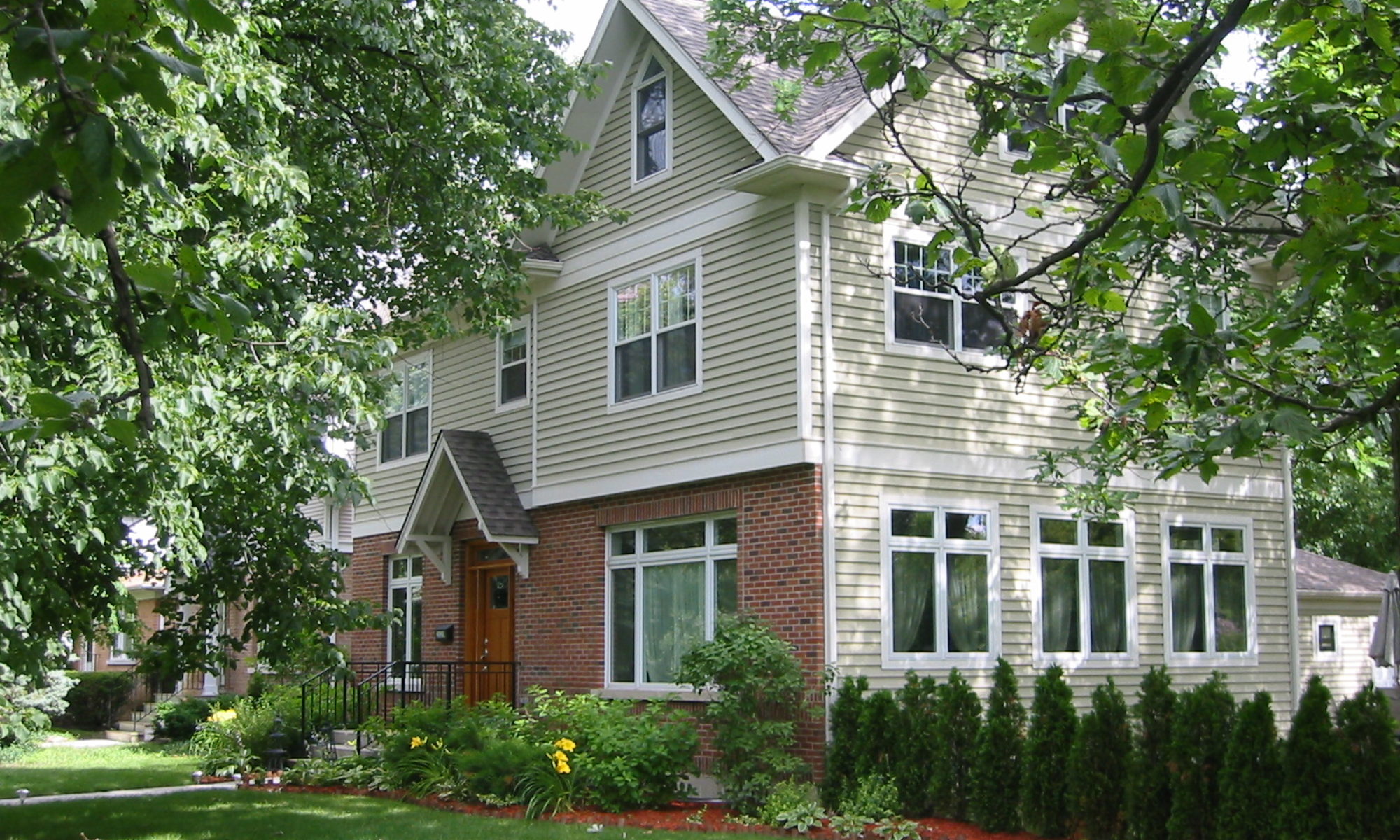What makes plumbing worthy of attention in an energy efficient house is the potential for water and energy savings. Heating water for domestic use accounts for a significant amount of energy use for most U.S. homes, about 17 percent of overall residential energy consumption according to the U.S. Department of Energy. It is estimated that the average U.S. household uses 350 gallons of water per day. Bathing, flushing, laundry, dishwashing, it all adds up, especially where older, inefficient fixtures are still in use. In some parts of the U.S. and the globe, the supply of drinkable water is already a problem. Increased population and changing climate is bound to put additional pressure on water resources, so it makes sense to implement water conservation measures now.
To keep hot and cold water use to a minimum, the following design guidelines can be effective: low flow shower heads and faucets, high efficiency and energy conserving washing machines, dishwashers and toilets, plumbing layouts that keep plumbing runs short, insulated hot water lines and on demand water circulation systems that eliminate the wait for hot water at the shower and sink. For the water piping material, cross linked polyethelene (PEX) can be a good green alternative to copper. It is less resource intensive than copper, easy to install, durable and can provide better water flow (no 90 degree pipe bends).
Regarding the domestic hot water heater, there are several options available: conventional electric or gas fired tank type, on demand tankless, indirect tank type heated by a boiler, or external solar collectors. Each has their own pros and cons. Conventional tank types have the lowest upfront cost, but they have standby energy losses as unused hot water cools in the tank. Tankless heaters nearly eliminate standby losses, but can be 3-4 times more expensive than a tank model. Indirect heaters heat water by using a radiant heating system”s boiler. They are durable and long lasting, but the boiler has to run during the summer. Solar collectors are a choice for those seeking to achieve net zero energy use. The energy is clean and renewable. However these systems are the most expensive and work best in warm, sunny climates. They also require back up systems in case the sunlight is inadequate to heat the water. So the choice of a hot water heater is often done in tandem with the type of heating, ventilating and air conditioning (HVAC) system the house is equipped with.
For our subject house, we are using a forced air HVAC system. A conventional gas fired water heater works well with this system. An extra insulated R-15 tank will reduce standby losses and the heater will be sized properly to avoid the storage of excess hot water. For a three bedroom 2.5 bath home the size is 40-50 gallons. It will be a high efficiency, direct vent through the wall, with a high energy factor rating of at least 0.60. We will use the water saving design techniques described previously to conserve water and energy.

